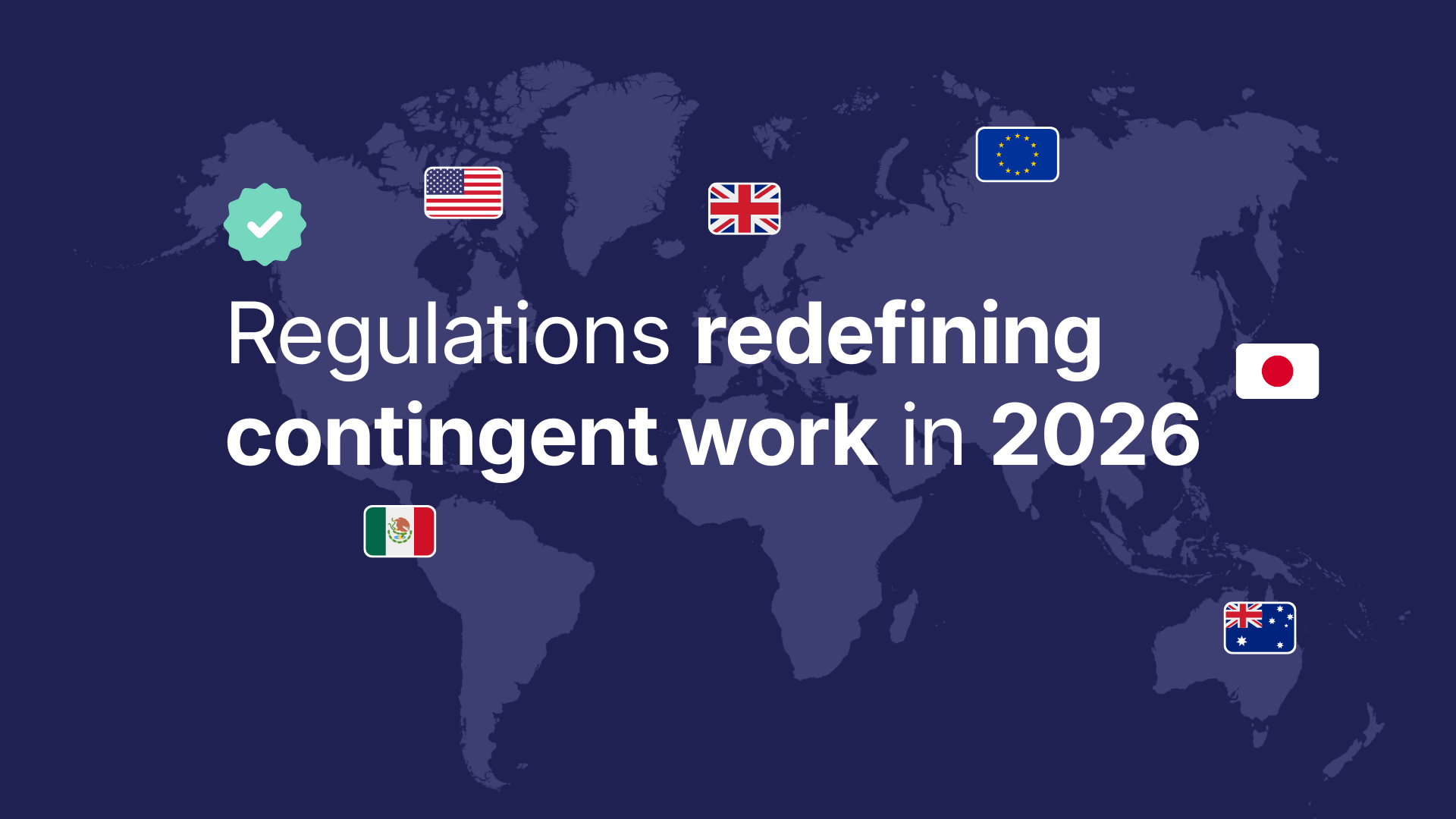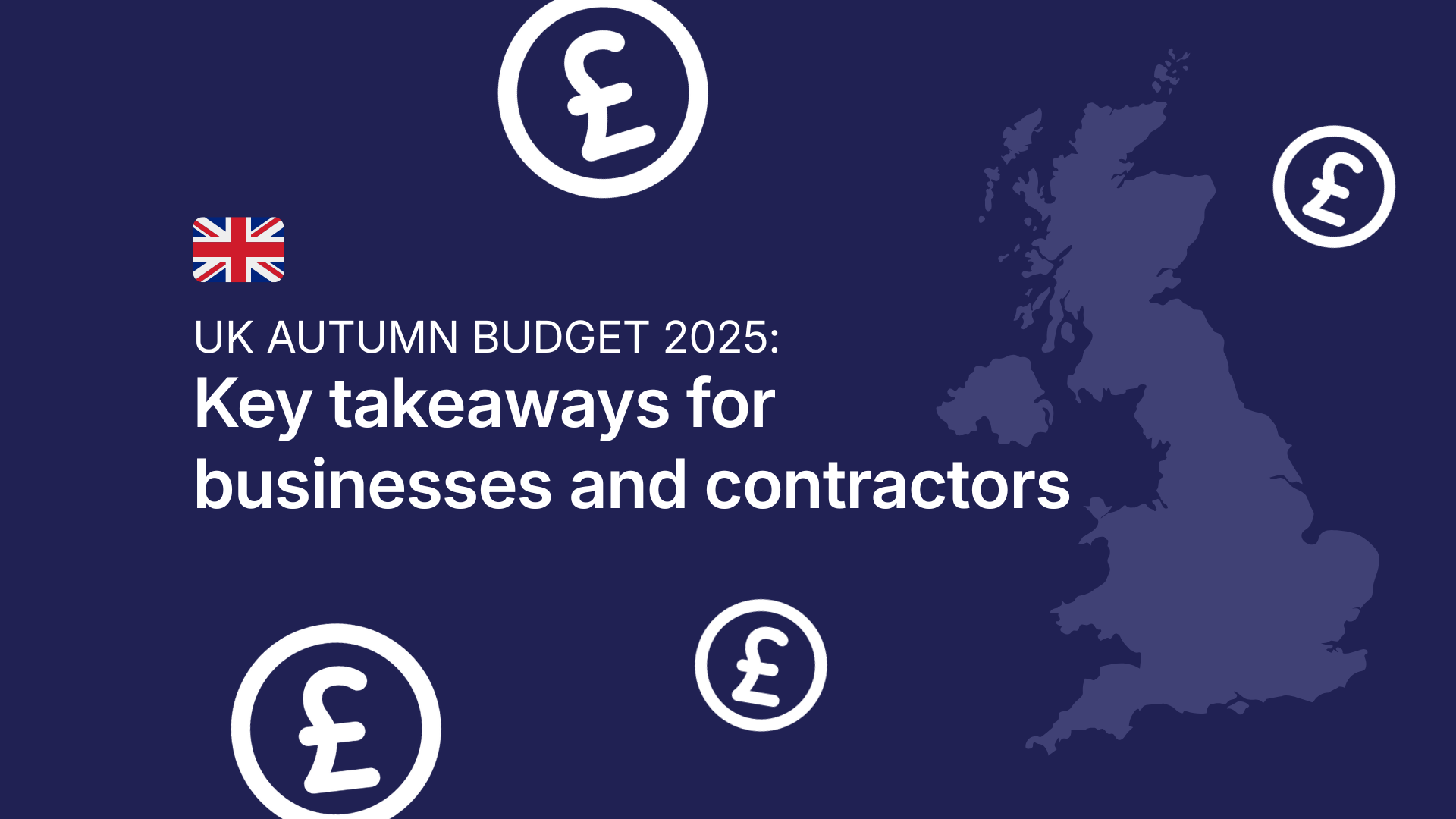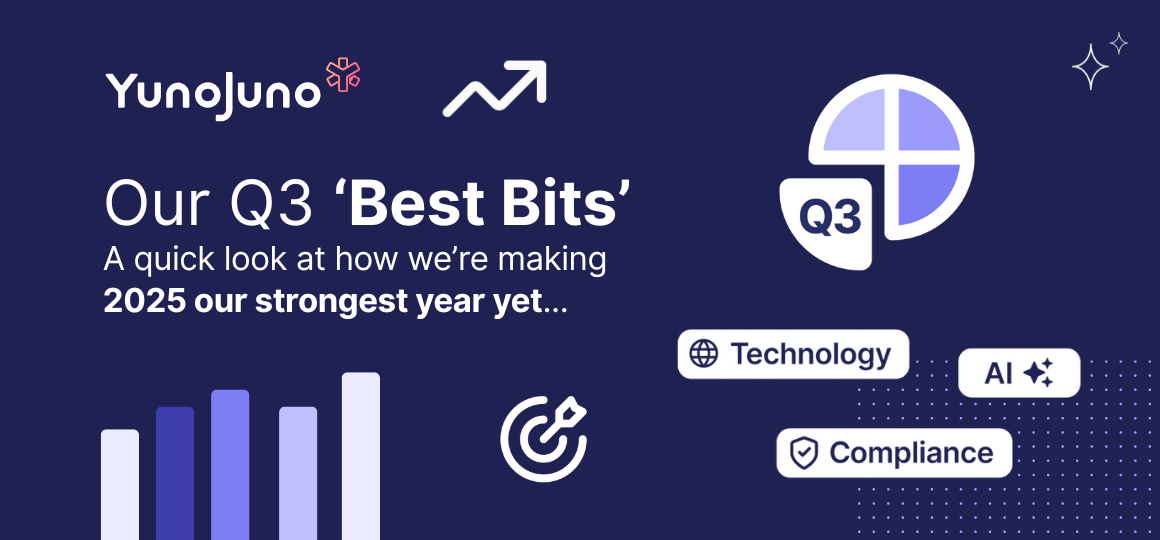Typical roles within the Client Service Category: Account Director, Account Manager, Business Director, Client Services Director, Senior Account Director and Senior Account Manager.
Day Rates
The average day rate across the Client Services discipline in 2020 was £290, nearly a 7% decrease on 2019.

Within Client Services, we can see a wide range of rates, reflecting the broad difference between junior and senior appointments within the discipline. We can also see the rates across the sub-disciplines negatively changing from 2018 to 2020, some more significantly than others.
Overall data shows an average project length of 65 working days, slightly up on 2019 figures of 56 working days. Clients Services has the longest average length of contracts across all disciplines, showing that hirers appreciate that building relationships and cementing working practices between freelancer and end-client takes time.
Account Director
The average day rate for contracted Account Directors in 2020 was £271, similar to that of the rates in 2019. However, we can see the day rate declining slowly from 2018 to 2020.

Account Manager
Contacted rates for Account Managers had an ever so slight increase from £244 in 2019, to £249 in 2020. However, this is still down compared to £276 in 2018.

Business Director
Freelance Business Directors have seen the biggest drop in Client Services, with a 25% decrease from 2018 to 2019, and then a further 22% from 2019 to 2020.

Client Services Director
Freelance Client Services Director have seen a nearly 27% difference between 2019 averages to 2020.

Senior Account Director
The average day rate for freelance Senior Account Directors in 2020 was £312, down from £341 in 2019.

Senior Account Manager
Freelance Senior Account Managers day rates have stayed similar across 2019 and 2020, ever so slightly up from £253 in 2019 to £255 in 2020.

Gender Divide in Client Services
While Client Service has traditionally been a female dominated discipline, 2020 saw a shift to a more equal split of contracts. It will be interesting to see whether this equality is maintained once an element of “normality” hopefully returns later in the year and into 2022.
The gender pay gap that was significantly favouring men has reduced over the years and in 2020 women were actually paid more than men on average.T his change resulted from men’s average day rates reducing, rather than women’s increasing, so again there is interest in seeing how this trend develops.

In 2020, the proportion of freelance contracts awarded to women across all disciplines was 30%. We met with Sara White, Client Services Director, to get her thoughts on how she thinks we could change this moving forward:
I think the freelance industry has not always been the comfortable choice for women and speaking from my own perspective mothers and key wage earners. The insecurity has proved too daunting. I think that now the world has changed - it has accelerated our view around what is risky and whether it is worth the risk to have flexibility and a sense of controlling one’s own destiny.
Sara White, Freelance Client Services Director
For insights into the gender divide within the UK’s creative & tech freelance community - check out the 2021 For Everyone Report.







